overleaf template galleryLaTeX templates and examples — Recent
Discover LaTeX templates and examples to help with everything from writing a journal article to using a specific LaTeX package.
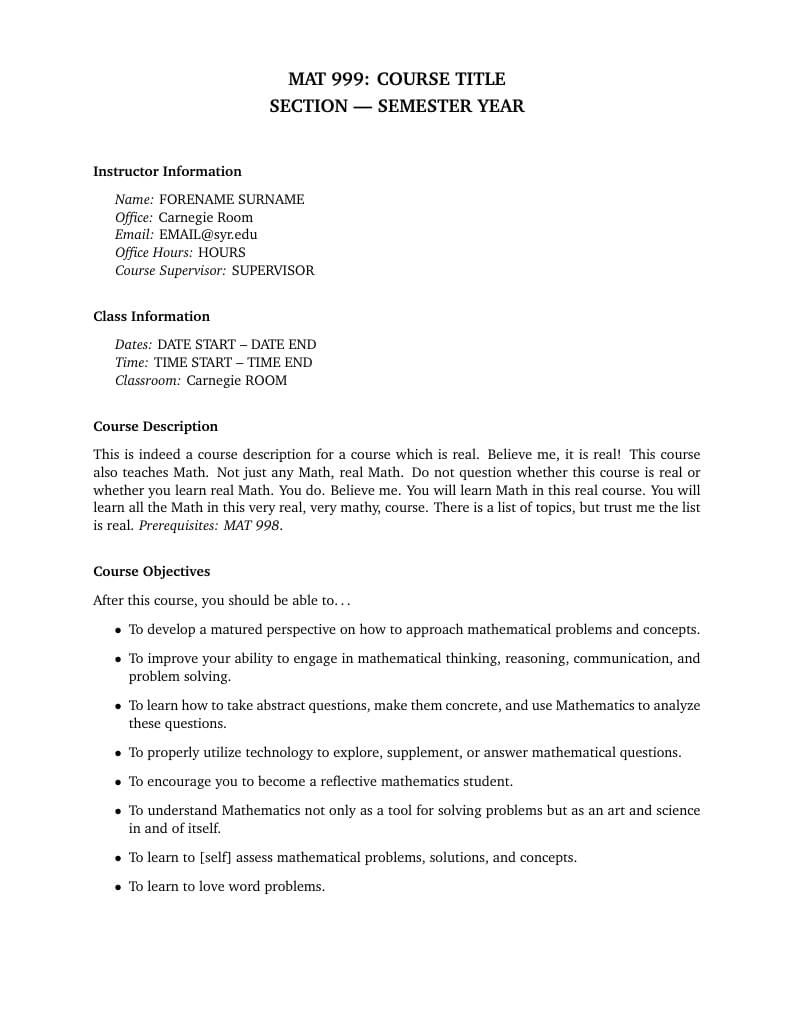
A template for creating a course syllabus. The respect policy was contributed by Erin Griffin.
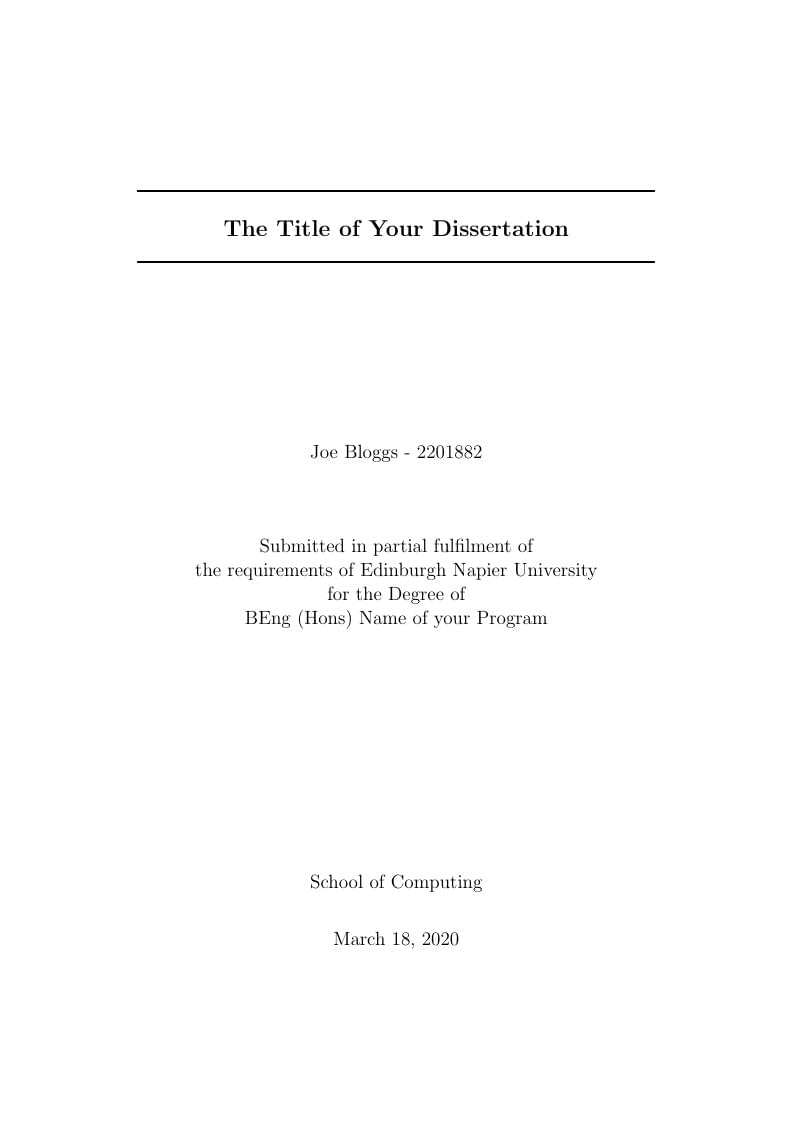
A LaTeX template for the School of Computing Honours Dissertation report at Edinburgh Napier University
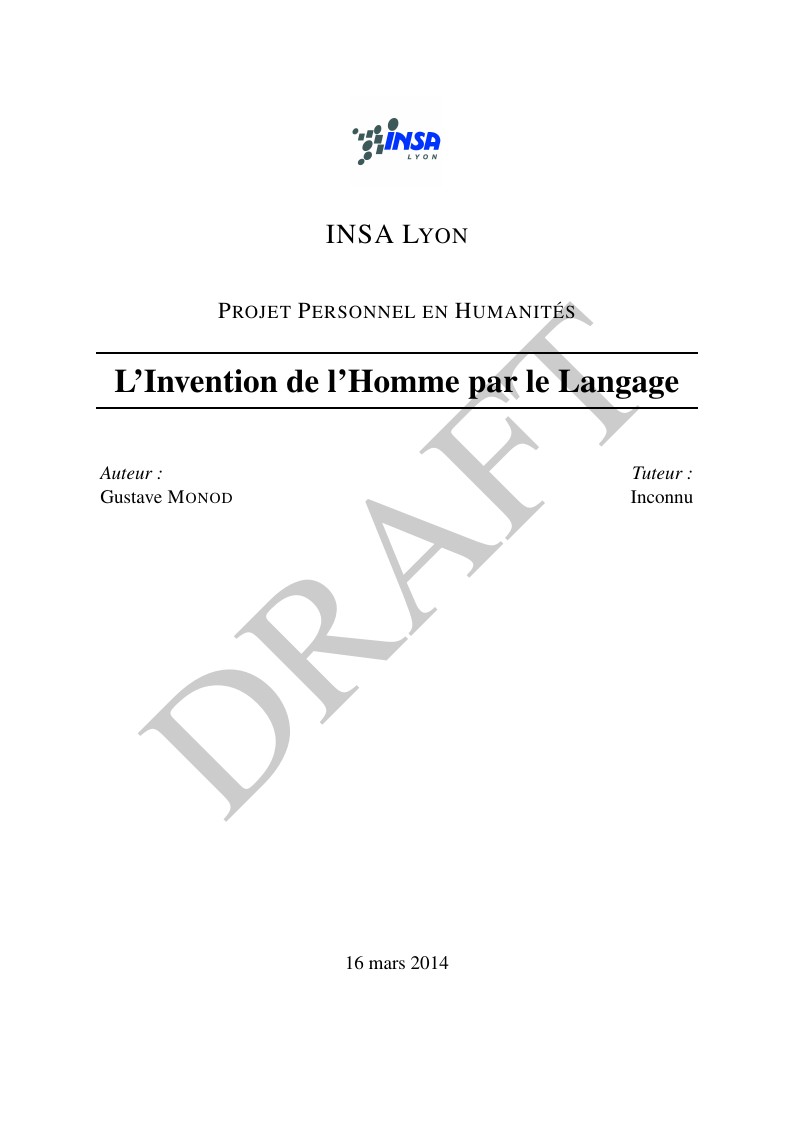
Réflexion sur les rapports entre les hommes et le langage.
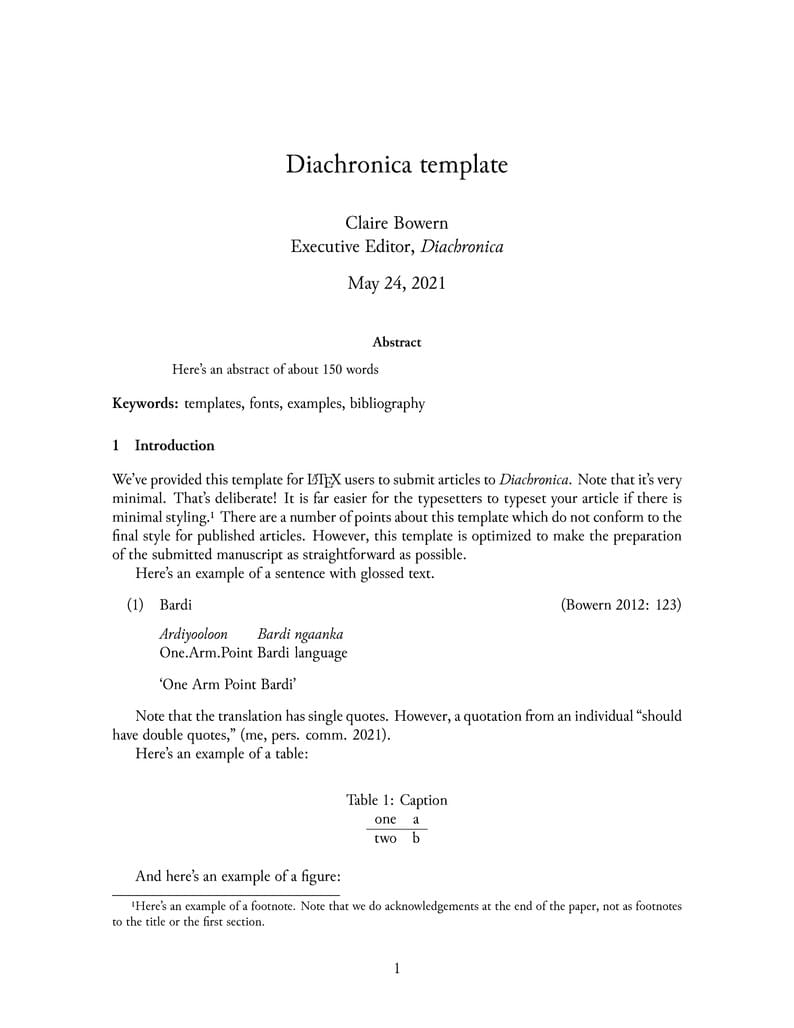
Basic template for submissions to the linguistics journal Diachronica (https://benjamins.com/catalog/dia)
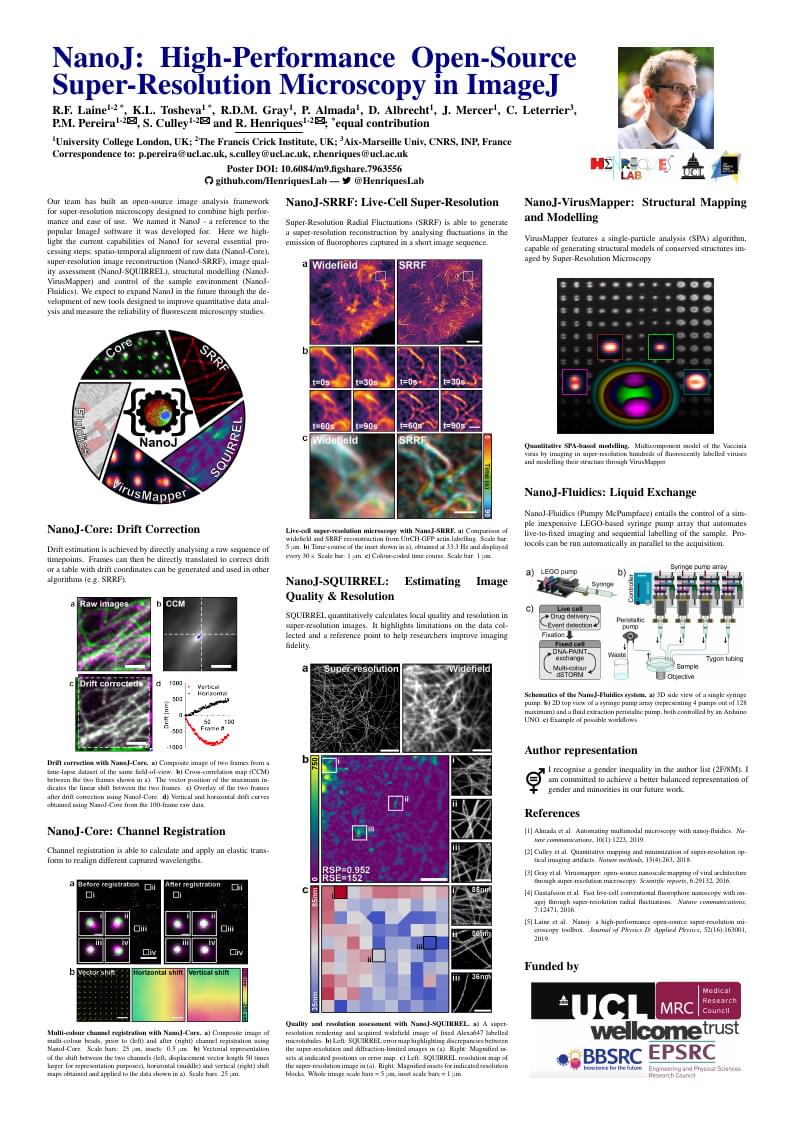
Poster used in FOM 2019 by HenriquesLab, happy for it to be used as a template for other to modify
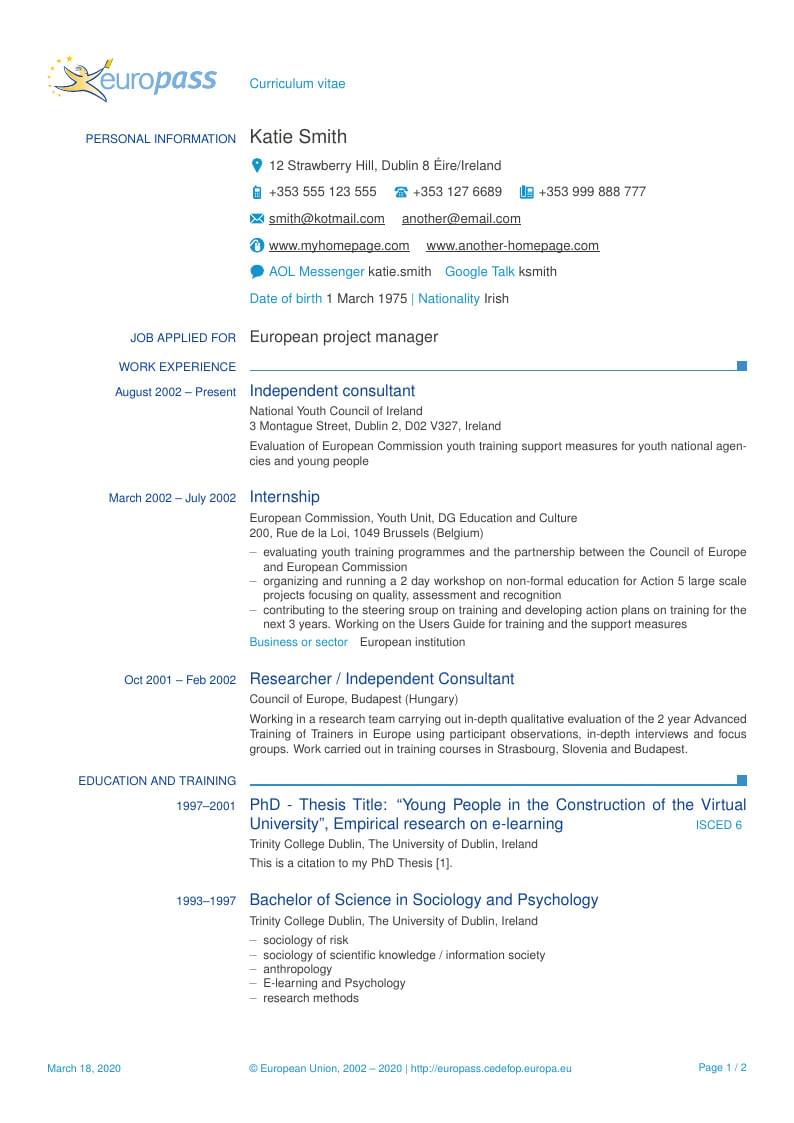
Example Europass CV using the europasscv class, with bibliography support, English.
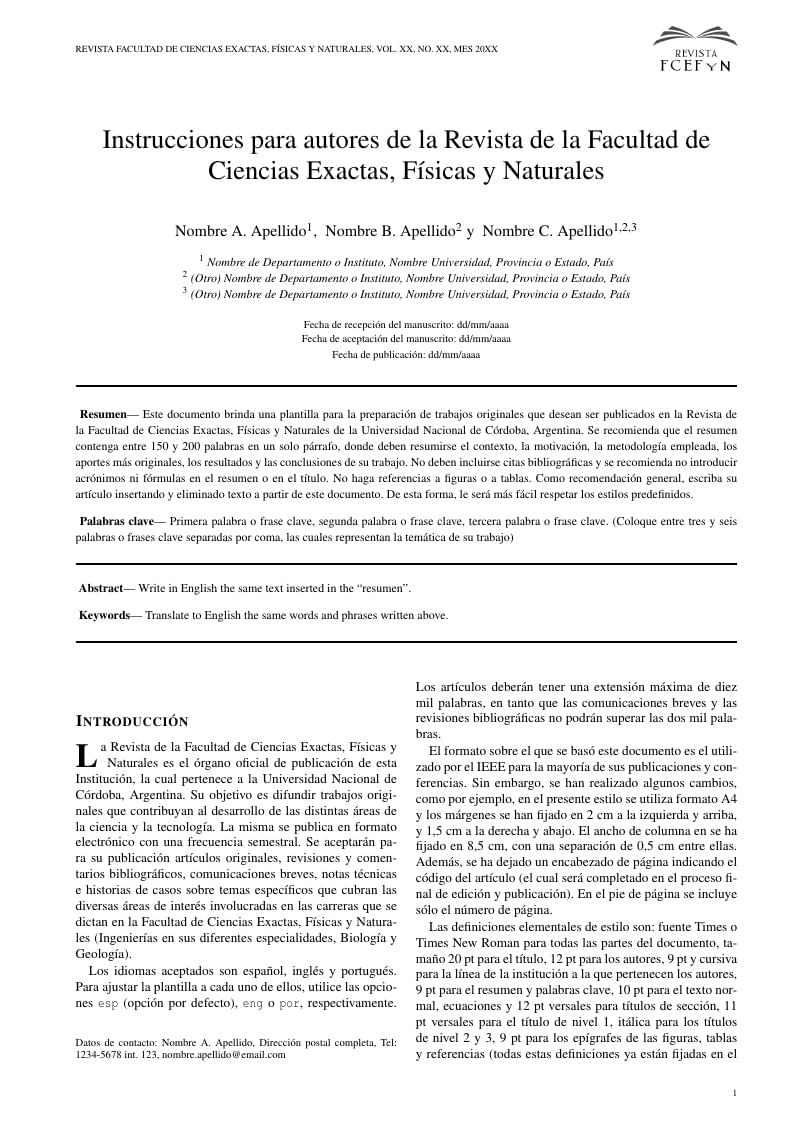
Plantilla publicada en la página de la revista de la Facultad de Ciencias Exactas, Físicas y Naturales

A template for creating a conference poster.

Furkan Ozev's CV. Created with Jan Küster's CV template<./p>
\begin
Discover why over 20 million people worldwide trust Overleaf with their work.